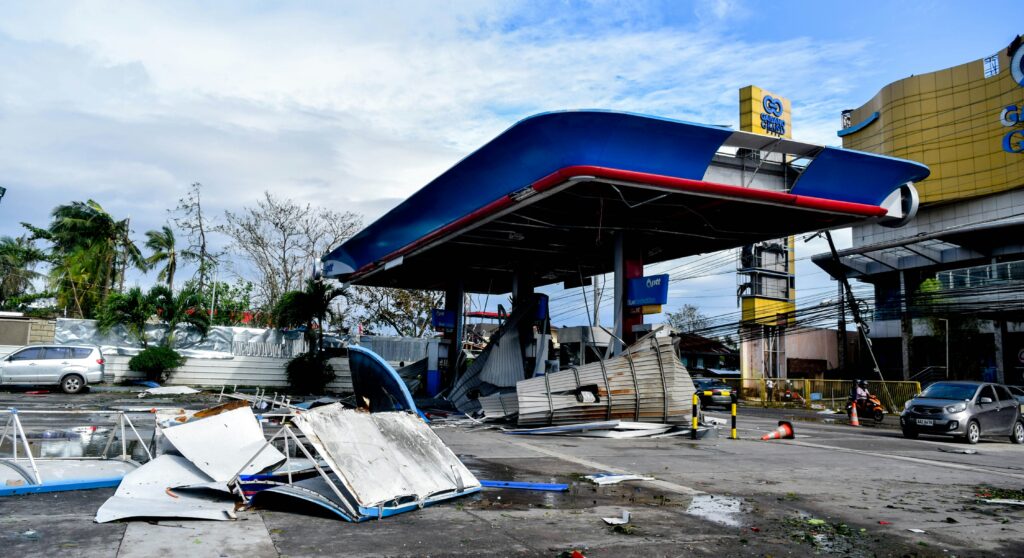Imagine this: A sudden blackout plunges your city into darkness. Riots erupt after a political crisis. A hurricane floods the streets, cutting off escape routes. Would you be ready?

In today’s unpredictable world—where disasters, civil unrest, and infrastructure failures are becoming more frequent—having an urban bug-out bag isn’t just for preppers. It’s a necessity for anyone who wants to survive the first critical 72 hours of a crisis.
Unlike wilderness survival, urban prepping presents unique challenges: crowded streets, limited resources, and potential security threats. Your bug-out bag must be lightweight, discreet, and packed with the right survival gear to get you to safety fast.
This guide will walk you through exactly what to pack, how to organize it, and the urban survival skills you need to stay alive when chaos hits.
1. What is an Urban Bug-Out Bag?
A bug-out bag (BOB) is a portable emergency kit designed to sustain you for at least 72 hours if you need to evacuate quickly. But in a city, survival isn’t just about food and water—it’s about navigating danger, staying unnoticed, and adapting to rapidly changing threats.
Recent events—like the 2020 riots, Hurricane Ida’s urban flooding, and power grid failures in Texas—prove that cities can become death traps if you’re unprepared. An urban bug-out bag is different from a wilderness survival kit because it focuses on:
– Stealth (avoiding looters and police checkpoints)
– Mobility (moving fast through streets and public transport)
– Urban-specific threats (broken glass, chemical spills, violent crowds)
This isn’t fear-mongering—it’s **emergency preparedness** in the 21st century.
2. Essential Gear for Your Urban Bug-Out Bag
Your bug-out bag should be lightweight (under 30 lbs) and organized for quick access. Here’s what you *absolutely* need:
A. Water & Hydration (Priority #1)
– Portable water filter (LifeStraw or Sawyer Mini) – Tap water may be contaminated.
– Collapsible water bottle – Easy to store and refill.
– Electrolyte packets – Prevent dehydration in high-stress situations.
*Why?* People die within 3 days without water. In cities, broken pipes or pollution can make clean water scarce fast.
B. Food & Nutrition
– High-calorie bars (3,000+ calories total) – Look for long shelf-life options.
– MREs (Meals Ready-to-Eat) – No cooking required.
– Compact stove (Esbit) – If you need to heat food discreetly.
*Skip bulky cans—you need calories, not gourmet meals.*
C. Shelter & Warmth
– Emergency Mylar blanket – Reflects body heat, weighs nothing.
– Lightweight tarp or bivvy sack – Urban rooftops or alleys may be your only shelter.
– Wool socks & thermal layers – Hypothermia kills even in cities.
D. First Aid & Medical Supplies
– Trauma kit (tourniquet, gauze, antiseptic) – Gunshot wounds and glass cuts are real urban risks.
– Prescription meds – At least a 3-day supply.
– Hygiene items – Sanitizer, wet wipes, N95 masks (chemical spills, smoke).
E. Security & Self-Defense
– Pepper spray – Non-lethal but effective against threats.
– Tactical flashlight (with strobe mode) – Disorient attackers, signal for help.
– Multi-tool or pocket knife – Check local laws, but this is a must-have.
*Recent riots and lootings prove: When law enforcement is overwhelmed, you’re on your own.*
F. Navigation & Communication
– Paper maps – Phones fail when networks go down.
– Hand-crank radio – News could save your life.
– Power bank + solar charger – Keep your phone alive for emergency calls.
G. Urban-Specific Tools
– Lockpick set (for emergency escapes—know the ethics).
– $200+ in small bills – ATMs won’t work in a blackout.
– Duct tape & paracord – Quick repairs, makeshift shelters.
H. Documentation & Cash
– Copies of ID, passports, insurance – Laminated or in a waterproof sleeve.
– USB drive with backups – Medical records, contacts, maps.
– Spare keys – Car, home, or storage unit access.
3. Choosing the Right Bag
Your bug-out bag should be:
– Durable** (1000D Cordura or similar)
– **Low-profile** (avoid military-looking packs—you don’t want attention)
– **Comfortable** (test it loaded with weight before you need it)
Best options:
– 5.11 Rush 24 (tactical but not overly aggressive)
– Osprey Talon 33 (lightweight, great for mobility)
– Vertx Ready Pack (discreet, built for urban carry)
4. Packing & Organization Tips
– **Heaviest items close to your back** – Better balance when moving fast.
– **Critical gear in outer pockets** – First aid, flashlight, knife.
– **Waterproof bags inside** – Electronics and documents stay dry.
– **Rotate food/meds every 6 months** – Don’t get stuck with expired supplies.
**5. Urban Survival Skills You Need**
A bag alone won’t save you. **Know these skills:**
– **Situational awareness** – Spot dangers before they reach you.
– **Alternative escape routes** – Subways may be jammed; know backstreets.
– **Basic lockpicking** (for emergencies only).
– **Signaling for help** – Mirrors, whistles, SOS patterns.
**6. Common Mistakes to Avoid**
– **Overpacking** – If it’s too heavy, you’ll abandon it.
– **Looking like a target** – Flashy gear draws attention.
– **Not testing gear** – Your life depends on it—practice now.
Final Thoughts: Don’t Wait Until It’s Too Late
Disasters don’t announce themselves. After **Hurricane Katrina**, people fought for food on rooftops. During the 2020 riots, businesses burned while police were overwhelmed. The time to prepare is now.
Your **urban bug-out bag** is your lifeline. Build it. Test it. Keep it ready. Because when seconds count, help is often hours—or days—away.
Stay safe. Stay prepared.
